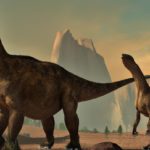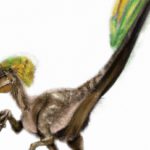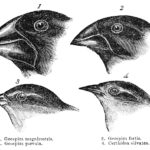The Jurassic period was the second of the three major dinosaur eras, and it lasted from approximately 201 to 145 million years ago. During this time, the Earth’s climate was warmer and more humid, and the continents were starting to drift apart. The Jurassic period saw the rise of many large and impressive dinosaur species, such as the sauropods, which were some of the largest land animals that have ever lived.
The Jurassic period began after the mass extinction that occurred at the end of the Triassic period, approximately 201 million years ago. This extinction wiped out many groups of reptiles, including the last of the early dinosaurs, and opened up new ecological niches for the evolution of new species.
One of the most significant events of the Jurassic period was the evolution of the sauropods, which were a group of long-necked, herbivorous dinosaurs. Sauropods were some of the largest animals that have ever lived, with some species reaching lengths of up to 110 feet (33.5 meters) and weighing as much as 100 tons. These dinosaurs were adapted to living in warm, humid environments, and they likely ate large quantities of low-quality plant material in order to sustain their massive size.
The Jurassic period also saw the evolution of other groups of dinosaurs, including theropods, which were a group of carnivorous dinosaurs that included the famous tyrannosaurus. The Jurassic period was also the time when the first birds appeared, which were small, feathered dinosaurs that were adapted to living in trees.
In conclusion, the Jurassic period was the second of the three major dinosaur eras, and it lasted from approximately 201 to 145 million years ago. During this time, the Earth’s climate was warmer and more humid, and the continents were starting to drift apart. The Jurassic period saw the rise of many large and impressive dinosaur species, such as the sauropods, as well as the evolution of other groups of dinosaurs and the first birds.






